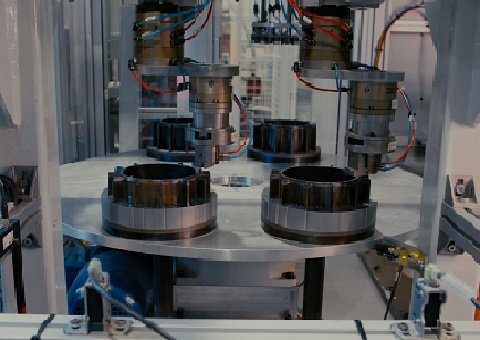

Wars took place, and there were global problems on oil supply. The 20 th century was plagued with events that repeatedly brought the idea of electric cars to the forefront once again. There were more misses than hits through the years, and there was also a time that the idea of an electric car was set aside in favor of other, easier-to-produce, vehicles.

As early as the middle of the 19 th century, automotive companies have been hard at work at designing an electric-powered car, which they referred to as the car of the future. That isn’t to say, however, that electric cars had an easy time getting to where they are at the moment. Yes, it is not something that is seen only in the movies electric cars do exist, and their popularity is increasing by the day. The star of e-mobility is the electric car. The main goal of e-mobility is to produce more environment-friendly and efficient vehicles that also happen to meet new regulatory requirements set by governments and other law-setting bodes. Even vehicles that make use of hydrogen fuel are included in the classification. It encompasses fully electric vehicles and hybrid electric vehicles.

Simply put, e-mobility refers to the development of electric-powered or electronic drive trains, and moving away from the traditional vehicle design that makes use of fossil fuels and oils. In fact, e-mobility technologies had started taking root in the automotive industry as early as 15 or so years ago. WHAT IS E-MOBILITY?Įlectric mobility, or Electro Mobility, or E-Mobility for short, is not a new concept. In this article, we will explore 1) what e-mobility is, 2) challenges faced by e-mobility, 3) success factors of e-mobility, 4) the ev-smart grid interoperability agreement, and 5) the future of e-mobility.


 0 kommentar(er)
0 kommentar(er)
